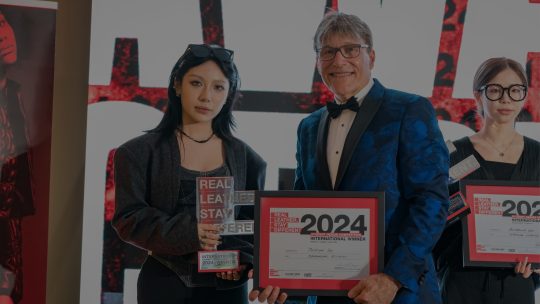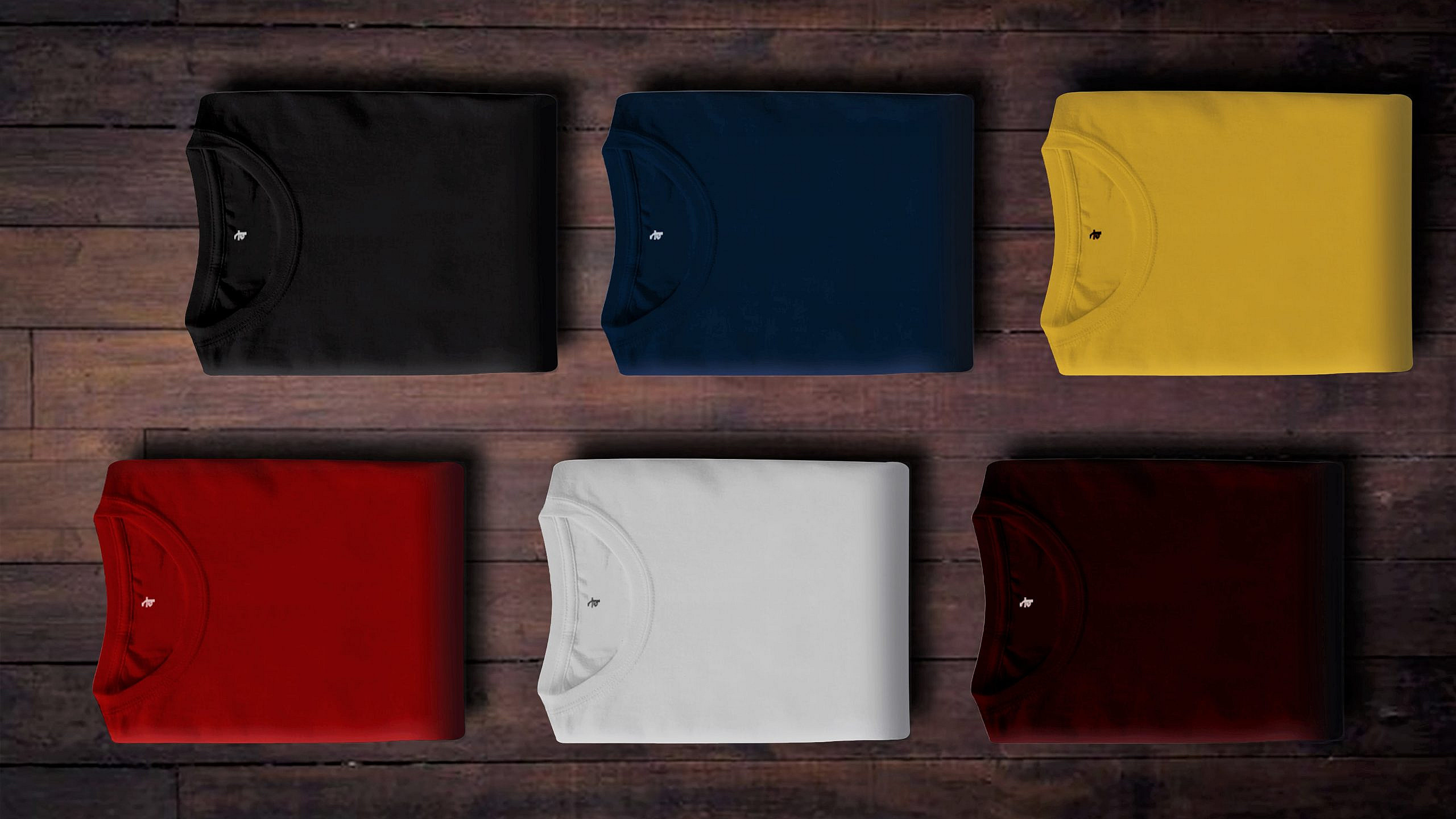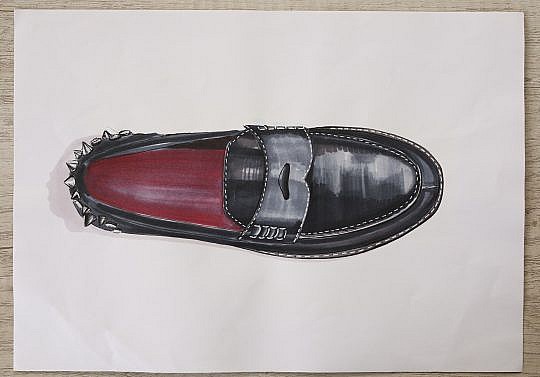The rush to legislate for sustainability in the clothes industry could end up doing more harm than good without an internationally-agreed, non-partisan method of calculating environmental impacts – and the recent suspension of the Higg Index has highlighted the problem.
With European Union and New York State legislation pending, the requirement for transparency in sustainability by clothes and accessory manufacturers is imminent – but methods of quantifying this sustainability are becoming more and more confused.
If the wrong legislation is passed, it risks doing more harm than good and perpetuating the growth of fast fashion – the very thing it aims to combat.
The Higg Index, according to the Sustainable Apparel Coalition (SAC) which established it, is a “suite of tools for the standardized measurement of value chain sustainability”.
In June 2022, following pressure from the Norwegian Consumer Authority, the Higg Index was suspended by the organisation that created and promoted it, the Sustainable Apparel Coalition. This seems to have had the effect of stalling both the New York and European Legislation, which is no bad thing. If they had gone ahead while depending on the wrong, or incomplete data for companies to report to them, bad practice could have been so deeply embedded that it would have been difficult to rectify.
The problem
“The independence of the Higg Index and the data it uses are coming under increasing fire from governments, scientists and NGOs.”
The New York Fashion Sustainability Bill, which specifically targets fast fashion, is currently in committee after being introduced in October 2021. The proposed law will require fashion retailers and manufacturers with turnover of more than $100million and doing business in New York to ‘disclose environmental and social due diligence’.
The EU Strategy for Sustainable and Circular Textiles aims to ensure all textile products in the EU market are ‘long-lived and recyclable, made as much as possible of recycled fibres, free of hazardous substances and produced in respect of social rights and the environment.’ It is expected to be the reference point for further legislation in the race to reach this target by 2030.
Both of these initiatives are laudable, but until now they were expected to rely heavily on the Higg Index which ranks the environmental impact of fibres used in manufacturing. Which is a problem.
The SAC was established by clothes industry giants. Members include Nike, Patagonia, H&M, ASOS and boohoo. The Higg Index ranks fabrics according to its own sustainability parameters and, coincidentally or not, it often ranks cheaper, manmade, fossil fuel-derived fabrics above natural ones.
Polyester, for example, is rated by the Higg Index as one of the most sustainable fabrics available. It is ranked above conventional cotton, hemp, wool and linen. But the data used to score polyester, supplied by a plastics industry group, is based on European production. Most of the world’s polyester is made in Asia and is not subject to the EU’s environmental regulation or its cleaner energy supplies. It is also unclear whether the extraction of the oil used to make polyester is accounted for, or the associated methane emissions.
Ignoring the perils of fast fashion
“This industry, maybe more so than any other sector, is very big on talk, very big on the next exciting thing — almost as if it’s a fashion show, the season’s latest.”
There’s another reason for the high ranking of manmade materials. The calculations are based on the ‘cradle to gate’ system. That means impacts are only taken into account until the product reaches the shop. It ignores how many times it will be used, how it is disposed of and how, or if, it biodegrades.
Cradle to gate seems to provide a sure-fire way of ignoring some of the chief perils of fast fashion. Namely the massive amount of non-biodegradable plastic that ends up in landfills or incinerators and the pollution of the world’s oceans by microplastics shed by synthetic materials.
The Norwegian Consumer Authority recently stated that companies using Higg Profiles – the way they rate themselves using the Index’s scoring system – appear to break the guidelines of the Norwegian Marketing Control Act, a piece of legislation designed to counter greenwashing. This statement led to the suspension of the Index by the SAC.
Dr Linda Greer, pioneering environmentalist and Global Fellow at the Institute for Public and Environmental Affairs, joined the board of the SAC in June 2020. She was the only board member representing an environmental organisation. She resigned last year and said: “Their approach has been shrouded in a lot of secrecy. It’s not a transparent system. This industry, maybe more so than any other sector, is very big on talk, very big on the next exciting thing — almost as if it’s a fashion show, the season’s latest.”
A for-profit company financed by venture capitalists
“The reputational greenwashing function of initiative membership represents a huge return on investment for brands: a win-win set-up for both the initiatives and their corporate members.”
Criticism of the opacity of the workings of the Higg Index is not new. Although final Higg scores are available to the public, full access to data is limited to fee-paying companies. Companies can also pay the Higg Index to look at new data to tailor their scores specifically. Which prompts another question. Why, when the organisation that established the Index, the SAC, is a not-for-profit company, is the company that runs it, Higg Co, a FOR-PROFIT company financed by venture capitalists?
Despite its registered headquarters being in San Francisco, Higg Co is registered in Delaware, a state renowned for affording its registered companies the greatest privacy. Companies can be registered without revealing the names of the owners and accounts and tax returns are not available to the public.
A March report by the Changing Markets Foundation, the respected Environmental campaign group, was highly critical of a number of sustainability schemes, but the Higg Index came off worst.
The report found: “Most initiatives, notably C2C and the Higg Materials Sustainability Index, focus on only a few aspects of a seemingly arbitrary selection of the product’s life cycle stages. This enables schemes to shape a certain vision of sustainability that may not reflect the reality.”
“The majority of the schemes have compromised independence. As voluntary initiatives, they are vulnerable to high levels of influence through the brands that fund the schemes or are otherwise involved in governance structures. Large schemes, such as the Sustainable Apparel Coalition (SAC) and its Higg Index, sit in a web of influence with other schemes and brands, creating an interwoven network that stifles debate and alternative models. Accountability is also severely compromised in this way, with little incentive for schemes to call out a lack of compliance from paying members and brands.
“The reputational greenwashing function of initiative membership represents a huge return on investment for brands: a win-win set-up for both the initiatives and their corporate members.”
Real Leather. Stay Different says:
Any system that is used as a base for legislation must be open, accurate and fair. There are four areas that must be addressed urgently:
-
Data transparency: whatever system is used, the data on which calculations are based must be freely available to anyone who wants to see it, constantly reviewed, and updated as soon as practically possible on the discovery of new and relevant information.
-
Whole of life data: scores should be calculated on a cradle to grave basis, not cradle to gate. This means whole of life calculations, not just from the creation of materials to the manufacture of the product. They must include data on disposal and biodegradability.
-
Sources of data: sources of data must be from the point of production, not from a similar industry in a different part of the world, to account from varying standards and regulations.
-
Like for like: materials given comparative scores must be capable of fulfilling the same function.
The Verdict
Extracts from the Changing Markets Foundation Report ‘Licence to Greenwash’ relating the Sustainable Apparel Corporation and the Higg Index.
How it drives change: constant reinvention and proliferation of new modules diluting the sector’s ability to drive real improvements and high levels of ambition and allows members to cherry-pick the tools that suit them.
Independence:
- Prevalent use of affiliate relationships and joint initiatives including the Apparel Impact Institute and alliance with TE, ZDHC called ‘Fashion Conveners’.
- Paid membership model offers opportunity for position on Board of Directors, gaining critical voting rights on SAC decisions.
- Founding brands such as H&M Group and Nike have a dominant presence.
How it drives transparency: extensive communicators, but confuses publicity for transparency. Higg’s on-going inability to live up to its own transparency promises continues to limit its ability to drive action and change, undermining credibility. Recent efforts to use technology and open data to enhance transparency offers some hope.
Performance: Despite grand statements about progress over the past decade, they do not present a single concrete example of how real improvement in the apparel sector has been achieved, nor how any of these promises of potential are going be implemented and how this progress will be measured.
How it drives the use of synthetic fibres: The Higg MSI abandoned the use of a single aggregated score but individual scores still favour synthetic materials. The MSI almost systematically rates synthetic materials as better than natural ones.
Fossil fuel feedstock reliance: The MSI applies a cradle-to-gate approach for synthetic fibres which starts from the production plant and does not take into account the impacts from fossil fuel extraction. The recently launched Higg PM does not change this. It is said to include materials production from the point of resource extraction, but does not elaborate on what is understood by this.
Microfiber release: According to the SAC, the fact that the Higg MSI ignores microfibre shedding is a ‘common myth’, yet there is no indication that microfibre shedding during use is, or will be included soon. Higg PM does not change this. The Higg Product Module Methodology document, does not mention the issue, and there is much uncertainty about what it considers under ‘use phase’.
Sources:
https://www.nysenate.gov/legislation/bills/2021/s7428
https://ec.europa.eu/commission/presscorner/detail/en/QANDA_22_2015
https://www.nytimes.com/2022/06/12/climate/vegan-leather-synthetics-fashion-industry.html?searchResultPosition=1
https://theintercept.com/2022/06/03/sustainable-fashion-greenwashing-higg/?utm_source=twitter&utm_campaign=theintercept&utm_medium=social
https://www.thecut.com/2022/04/linda-greer-fashion-sustainable-scientist.html
http://changingmarkets.org/wp-content/uploads/2022/03/LICENCE-TO-GREENWASH-FULL-REPORT.pdf








